supercritical reactor
high pressure chemical reactor
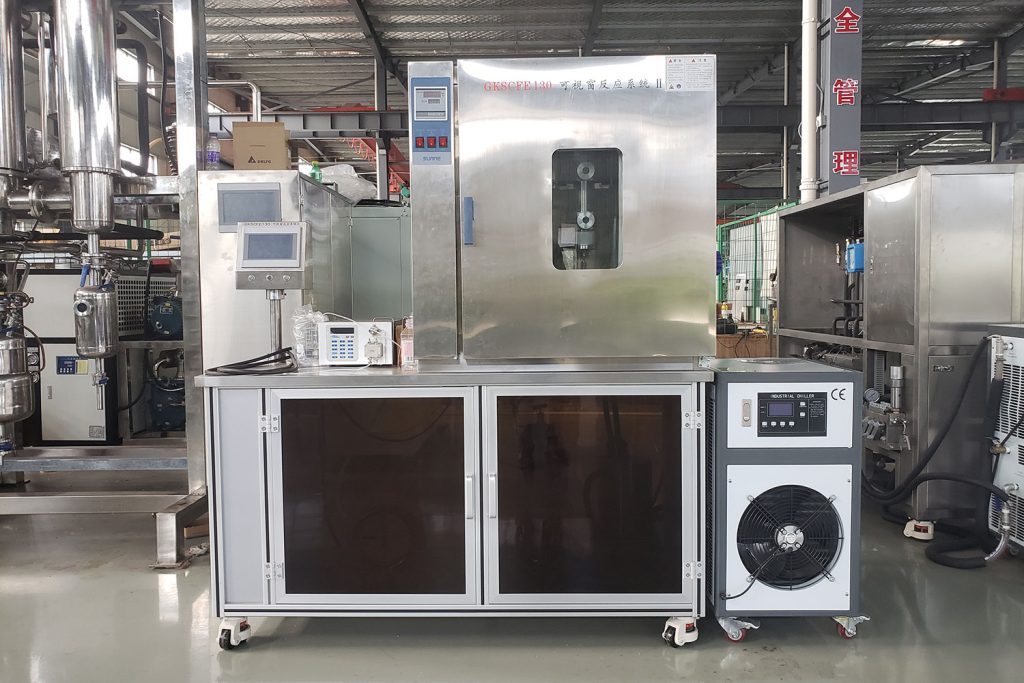
Supercritical reactor
Supercritical CO2 fluid chemical reactor/High pressure chemical reactor utilizes the special properties of the solvent in a supercritical state to improve the efficiency of unit operations such as reaction and extraction.
BIT can provide customization of a variety of High pressure chemical reactors (supercritical CO2 reactors) such as supercritical water oxidation and supercritical CO2 reaction. The maximum working pressure of the reactor can reach 45MPa.
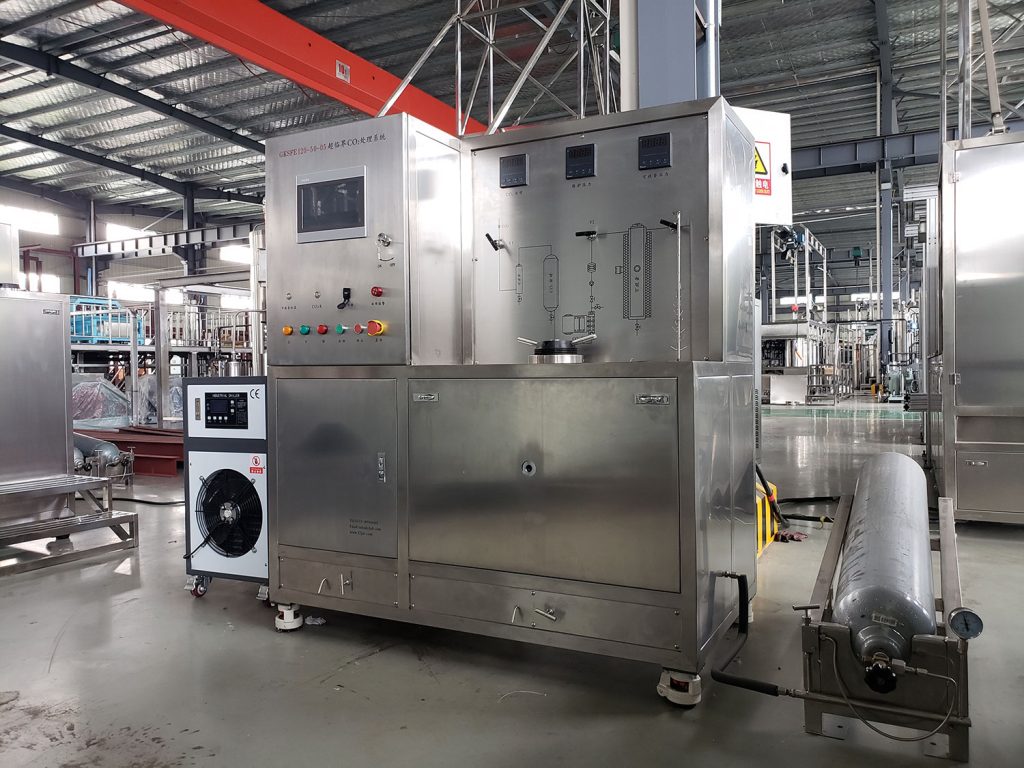
CO2 high pressure chemical reactor composition
Supercritical reactor includes reaction system, separation system, pressurization system, heat exchange system, heating system, refrigeration system, safety system, electrical system, instrument automatic control system, data transmission remote monitoring system, recovery system, gas charging system, pipeline Various functional systems such as valves and auxiliary systems.
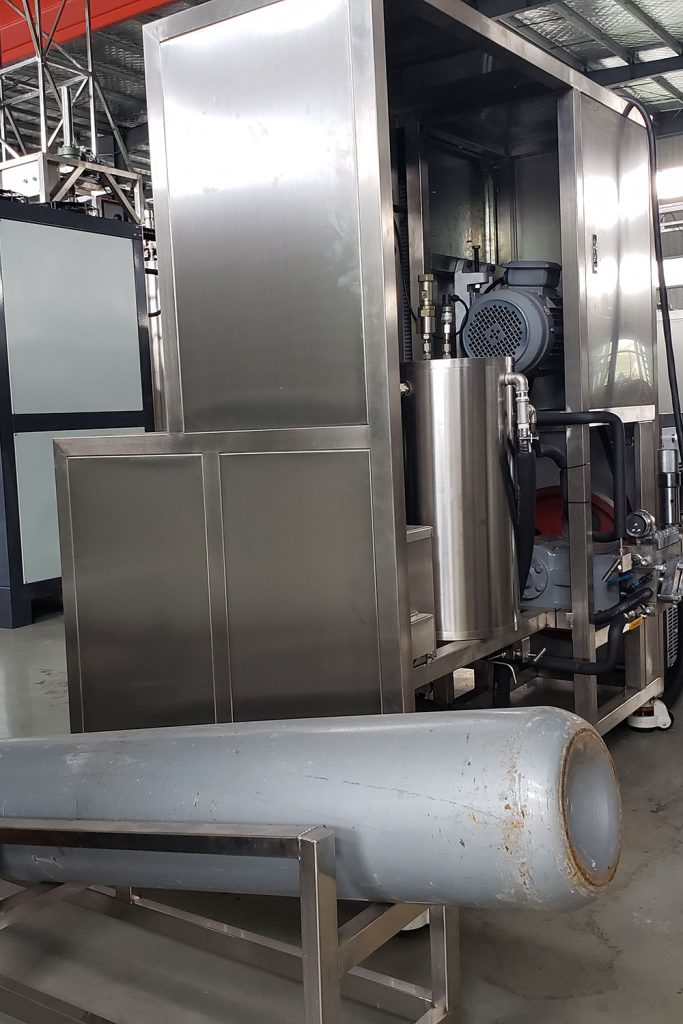
What is supercritical chemical reaction
High chemical pressure/supercritical chemical reaction refers to a process in which the reactants are in a supercritical state or the reaction is carried out in a supercritical medium.
Reaction medium selection
The medium of the high pressure/supercritical CO2 reaction should be non-corrosive to the device, the critical temperature should be close to the reaction operating temperature, the critical pressure should be low, and the medium with high selectivity and solubility for the reactant components.
Since supercritical fluid has both liquid and gas properties, the solubility of the medium can be changed in a relatively large range through pressure adjustment.
Therefore, the solubility of supercritical fluids is often used in chemical reactions to convert heterogeneous reactions into homogeneous reactions, increase the mass transfer rate, thereby increase the reaction rate and simplify product separation.
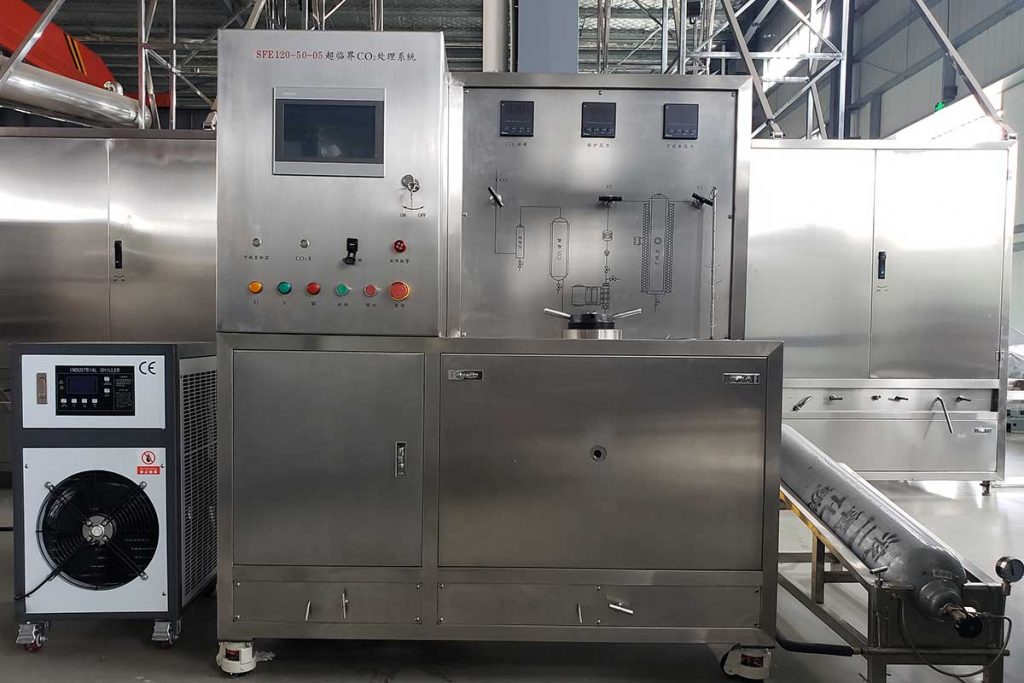
Technical characteristics
- High selectivity
- Homogeneous reaction
- Faster response
- Adjust the reaction process through pressure or temperature changes
- Increase the durability of the catalyst
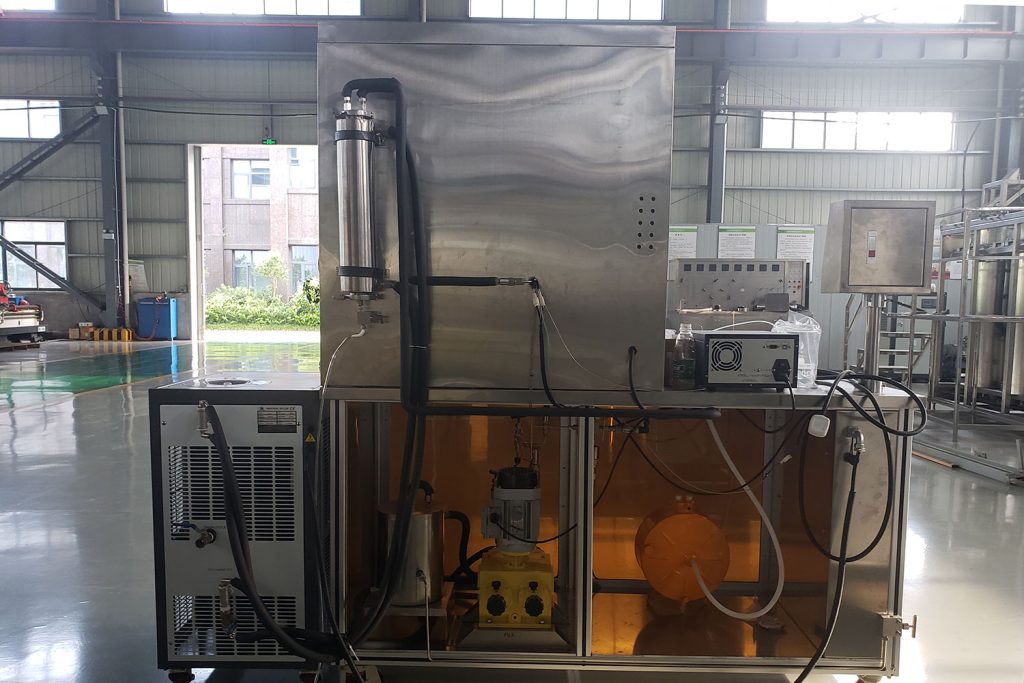
Reactor Configuration
- Different types of reactors with different volumes
- Gas mass flow meter, liquid mass flow meter
- External circulation system
- Gas pressurization system, liquid pressurization system
- Sampling and sampling system
- External circulation device of the reactor
- Data acquisition system, the software is simple and intuitive, and the interface is friendly
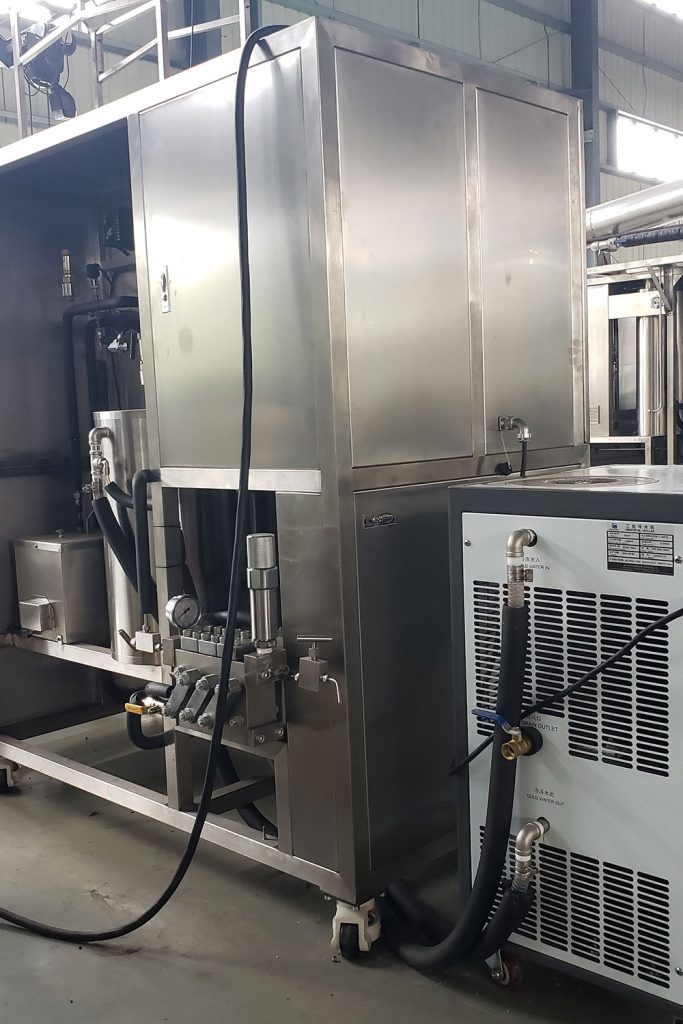
supercritical CO2 chemical reaction
CO2 has the characteristics of chemical inertness and easy realization of the critical state, so the research on supercritical CO2 as the reaction medium has developed rapidly in recent years.At present, the common research types mainly include selective oxidation, hydrogenation, hydroformylation, alkylation, polymerization, esterification, transesterification, and enzymatic reaction.
It has many advantages such as effectively reducing the reaction temperature, increasing the conversion rate of reactants and product selectivity, increasing the reaction speed, and greatly improving the stability of the catalyst.
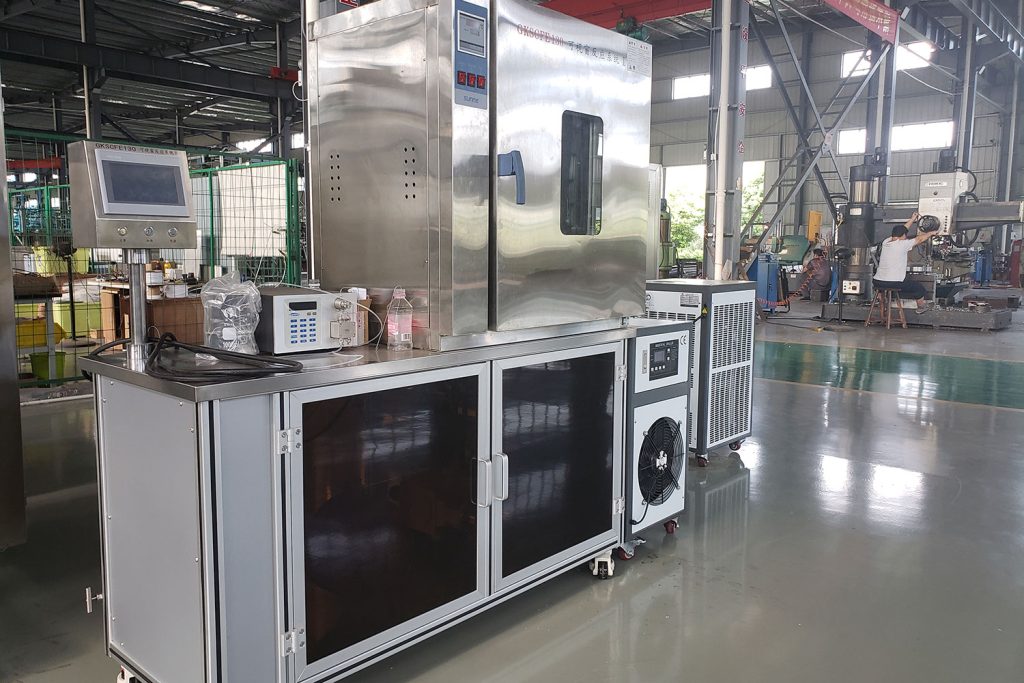
High pressure chemical reactor Cost and Supercritical reactor price
Our high pressure chemical reactor price is lower than our peers, and our supercritical reactor is high quality, we have our own manufacturing factory, all products are factory price, there is absolutely no middleman markup, we accept both small batch scale customer and large industrial batch scale wholesale high pressure chemical reactor and supercritical fluid reactor for sale online
About Supercritical Fluid Reaction Equipment
Supercritical fluid reaction equipment refers to specialized systems used in chemical processes that utilize supercritical fluids as reaction media. These systems are designed to take advantage of the unique properties of supercritical fluids, such as high solvating power, tunable density, and enhanced mass transfer, to carry out chemical reactions under specific temperature and pressure conditions. Supercritical fluid reaction equipment finds applications in various industries, including pharmaceuticals, materials science, and environmental engineering.
Working Principle
- Supercritical fluid reaction equipment typically consists of a high-pressure vessel or reactor, heat exchangers, pumps, and control systems. The working principle involves the following steps:
- Preparation: The reactants, including solids, liquids, or gases, are loaded into the high-pressure vessel. The supercritical fluid, often carbon dioxide (CO2), is introduced into the vessel.
- Reaction: The system is brought to the desired temperature and pressure conditions above the critical point of the supercritical fluid. At these conditions, the supercritical fluid exhibits properties of both a liquid and a gas, enabling it to dissolve reactants and promote chemical reactions.
- Control: The temperature, pressure, and flow rates of the supercritical fluid are carefully controlled to optimize the reaction conditions. The reaction proceeds within the supercritical fluid phase, offering advantages such as enhanced mass transfer and improved selectivity.
- Separation: After the reaction is complete, the system is depressurized, allowing the supercritical fluid to revert to a gas phase. The products, which may include reaction intermediates and desired compounds, can be separated from the supercritical fluid using appropriate techniques, such as pressure reduction or solvent extraction.
Benefits of Supercritical Fluid Reaction Equipment
- Enhanced Reaction Rates: Supercritical fluids possess superior mass transfer properties compared to conventional solvents, allowing for faster reaction rates. The high diffusivity of supercritical fluids enables efficient mixing and contact between reactants, leading to accelerated reaction kinetics.
- Selectivity and Product Quality: Supercritical fluid reactions often exhibit improved selectivity, as the unique properties of supercritical fluids enable selective dissolution and separation of reaction components. This selective behavior can enhance product quality by minimizing undesired side reactions or byproducts.
- Green and Sustainable Process: Supercritical fluid reaction equipment offers a more sustainable alternative to traditional solvent-based processes. Supercritical fluids, such as CO2, are non-toxic, non-flammable, and can be easily recycled and reused, reducing the environmental impact associated with solvent waste.
- Versatility: Supercritical fluid reaction equipment is applicable to a wide range of reactions, including extraction, catalysis, polymerization, and synthesis of fine chemicals. The tunable properties of supercritical fluids, such as density and solvation power, allow for versatile control over reaction conditions, enabling customization for specific applications.
- Reduced Energy Requirements: Supercritical fluid reactions often operate at moderate temperatures and pressures, reducing energy requirements compared to high-temperature or high-pressure conventional processes. This energy efficiency contributes to cost savings and overall process sustainability.
Conclusion
Supercritical fluid reaction equipment provides a powerful tool for conducting chemical reactions in a highly efficient, selective, and sustainable manner. By utilizing supercritical fluids as reaction media, these systems offer benefits such as enhanced reaction rates, improved selectivity, reduced environmental impact, and versatile application possibilities. As research and development continue in the field of supercritical fluid chemistry, the use of supercritical fluid reaction equipment is expected to expand, driving advancements in various industries and promoting greener and more efficient chemical processes.